Eduard Bf 109G-10 82119
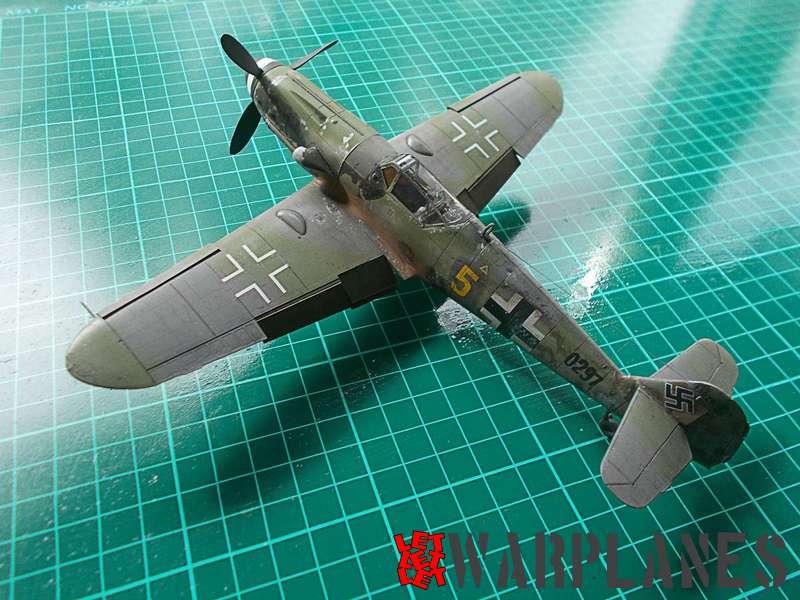
For me, Bf 109G-10 is so attractive airplane, more interesting then other of the type. There is no special reason for that, when I was so young, first advanced version of the Bf 109 I have seen, was G-10 model, its high tail and more streamlined cover over engine cannons make nice impressions. But this is just personal and this personal result that in life I have built few Bf 109 with this features, not all was G-10. This time my real pleasure is to made Bf 109G-10 made by Eduard, in 1/48 scale.
It is logical step for Eduard to continue development of their basic G design and by smart design of the molds, they will manage to built so many variants of the G series of the Bf 109. It is absolute not easy to do such kit due to many variations appear during the war time production. Scale model I present here with pleasure is Bf 109G-10, manufactured at Messerschmitt at Regensburg. Main feature of this series is small bumps on wings, not long extended one. Kit have stock number 82119.

Starting with amazing cover art, this ProfiPACK kit is so nice, inside of the box is five frets of plastic parts, one of those is with transparent elements. What make this kit G-10 model is fret V, which include different fuselage, propeller, engine top cover, vertical surfaces as well interior details. Kit also include two etched set sheets, one of those with pre painted elements. There is also mask to use with transparent elements.
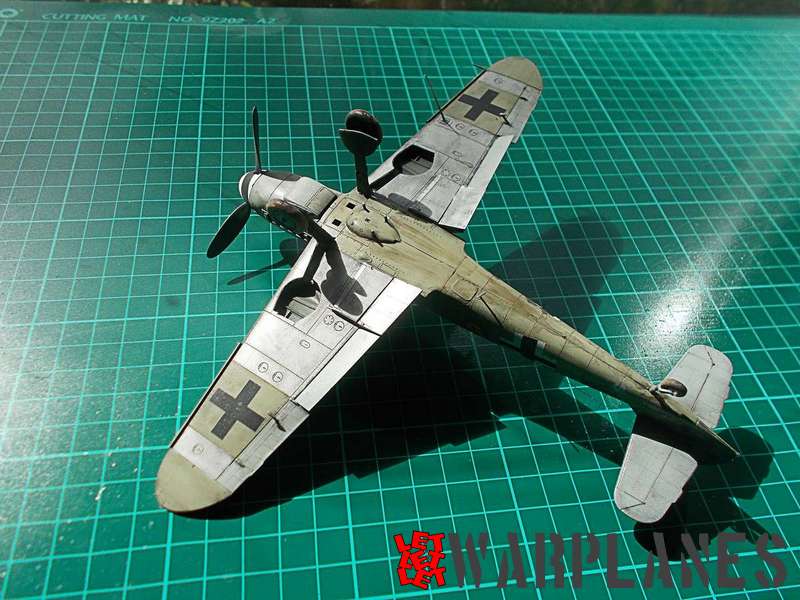
If you have build before any of Eduard G kits, this one does not have much differences, main notable first come in cockpit, where on side walls goes elements V5 and V6, which compared with previous parts, is extended. Main interior color still remain RLM66. Rest elements used in previous kits, goes in same way. There is variation of use entirely plastic exhaust elements or plastic with combination with etched parts, both options is good, it is on your personal preferences. When you complete fuselage, next step is to finish tail surfaces, including vertical. Take care first which kit you will do as well there is two options for verticals. No matter what vertical you will use, it is better not to cement it in this step but finish it separately and join at ending assembly step to the rear fuselage. On real airplane they was separately painted and their pattern, like spots, does not match rest of airframe. In this case, also take care that there is options, sample C, to use fuel tank, so there will be need to drill hole in the wing bottom, before assembly wing elements.
For the final kit, I decide to do machine flown by Fw. Horst Petzschler, from 10./JG 51, ace with 26 air claims. His machine was W. Nr. 130297, was one of 120 machines built by Messerschmitt in Regensburg and most likely is that this machine was delivered in October 1944. For the camouflage colors seems to the late war RLM 82/75 with bottom in… RLM76? From archive photos of this machine I have used during this build, I realized that structure was separately assembled and painted and then join together. Hardly that sections much each other. For main bottom color is big doubt as well main airframe basic color differ a bit over those on engine cowling, and using some other options, I decide to paint most of fuselage in industrial protective grey green color, front fuselage in RLM 76 as well some area under wings. Wings section are remained in natural metal. What is also noticeable on photos that airplane had painted over numbers had on fuselage and applied new one and panel in front of windshield, on fuselage, is in completely different color, I use in this case RLM 02. Other things also visible in original color is that port side of fuselage include additional painted over area, mostly on cowling. Color of this dense patches is hardly to determinate, so dark, can be RLM 66 or 70. Impossible to have proof of anything stated here but it is some guided options I have. Decals for this kit is so limited, at least service markings, I spot just on port side fuel triangle, not visible traces that others is used. This particular machine used flat tires; take care when you select them during assembly.

How ever you decide to make it, result will be so attractive kit and once again, Eduard did great job in producing of this kit! My special thanks goes to my friend Jean Claude Mermet, who help me in build my knowledge about this airplane as well direct assistance during the build and big thanks goes to Eduard for provide me sample kit for review. If you like this kit, please find out it here!
Srećko Bradić

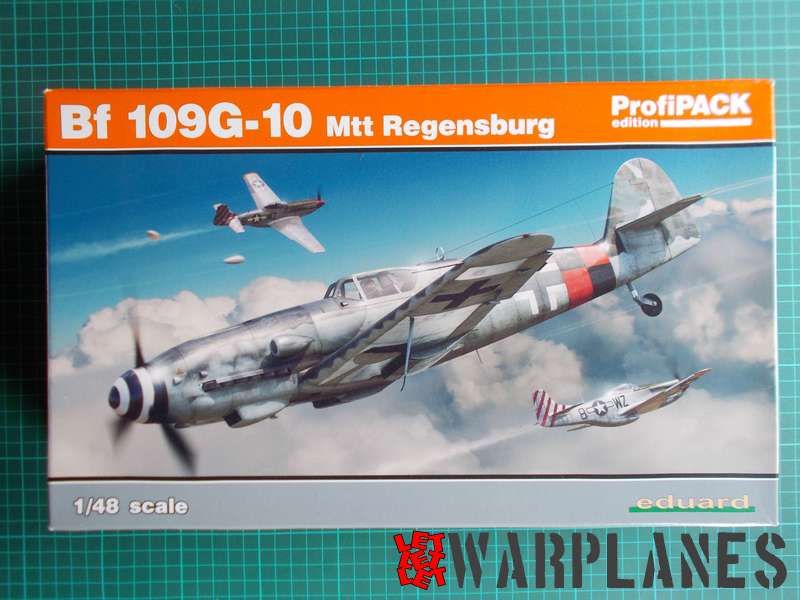


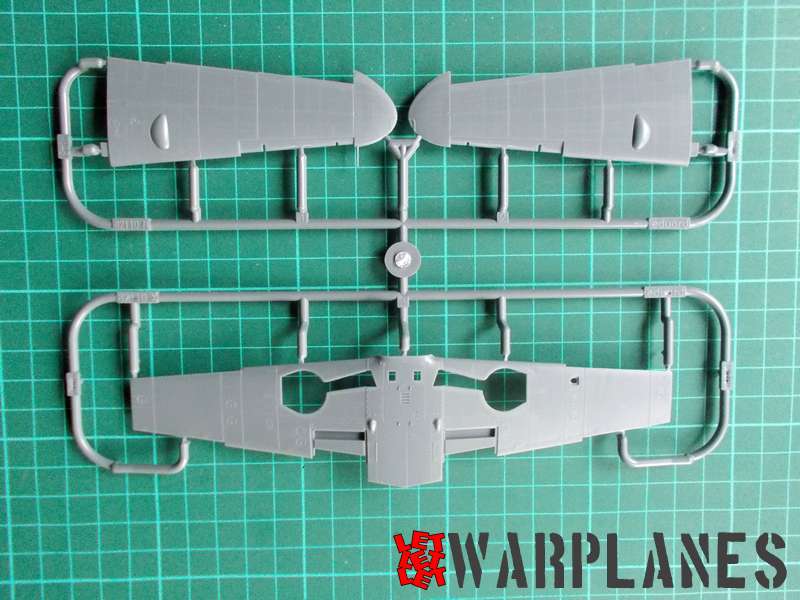

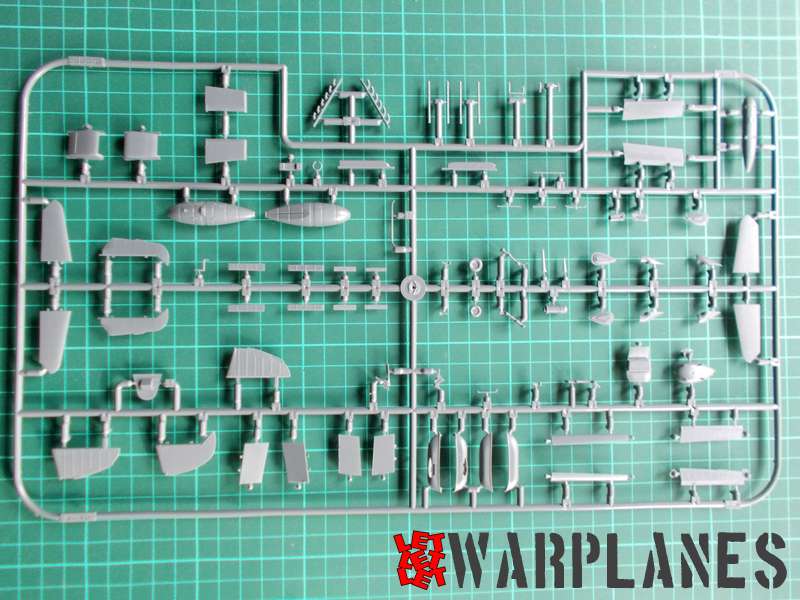




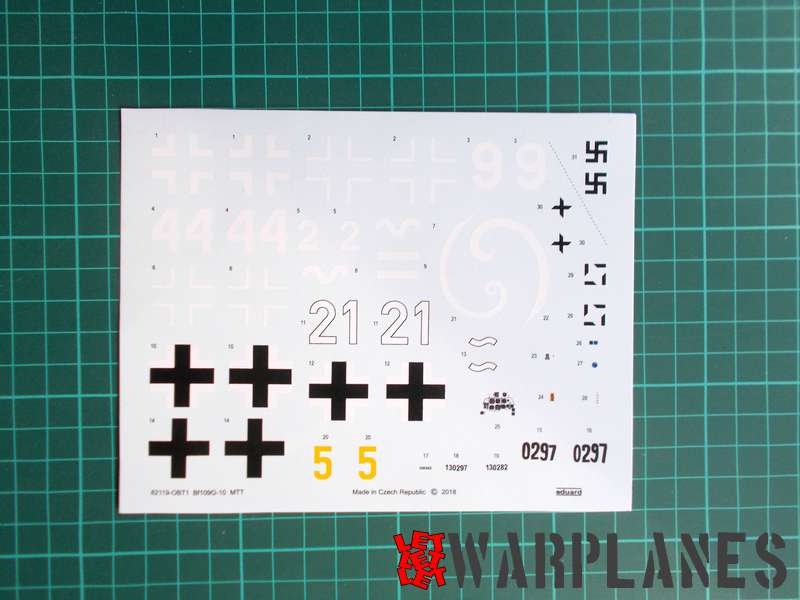

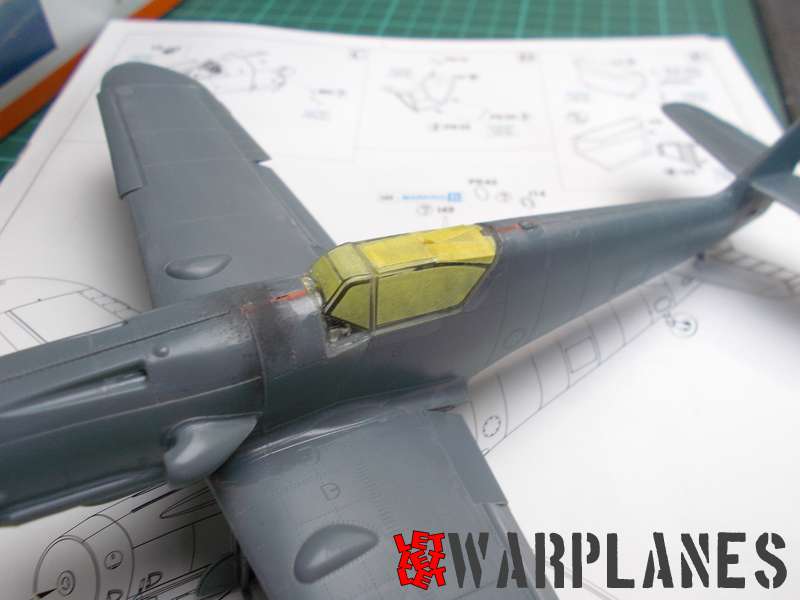
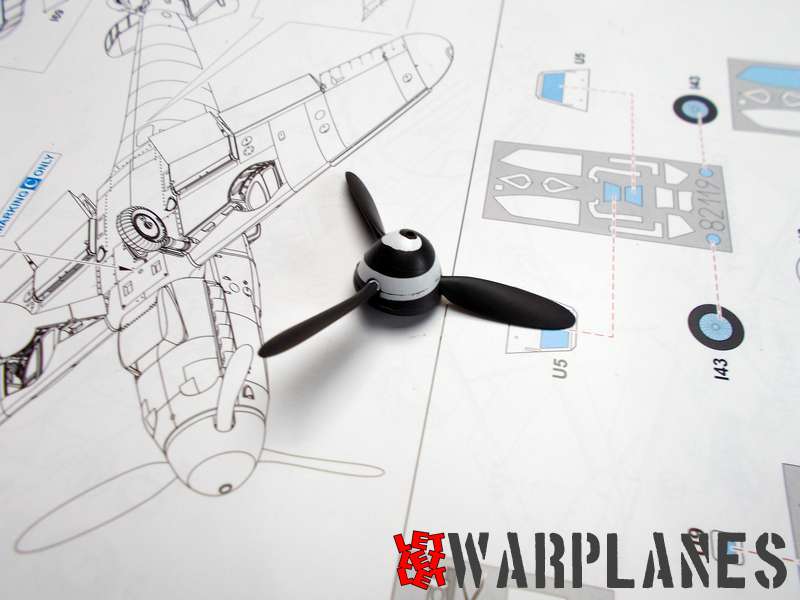
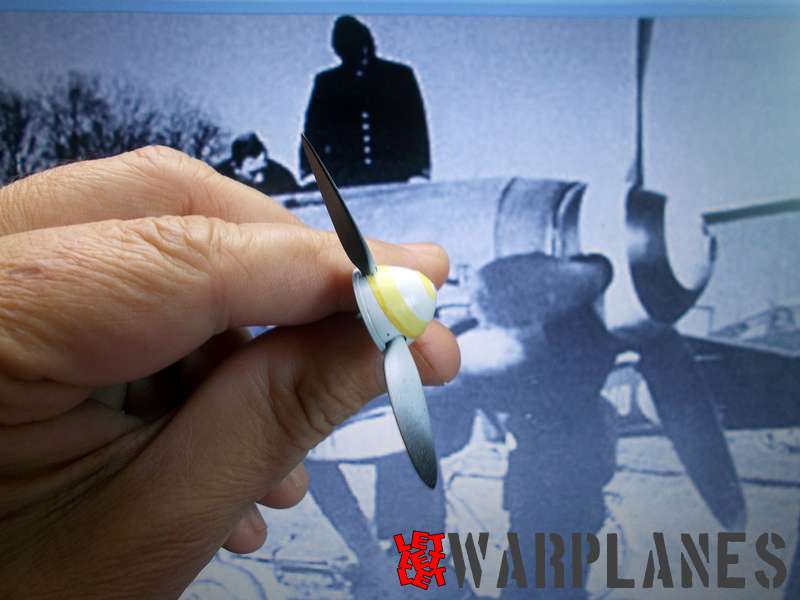
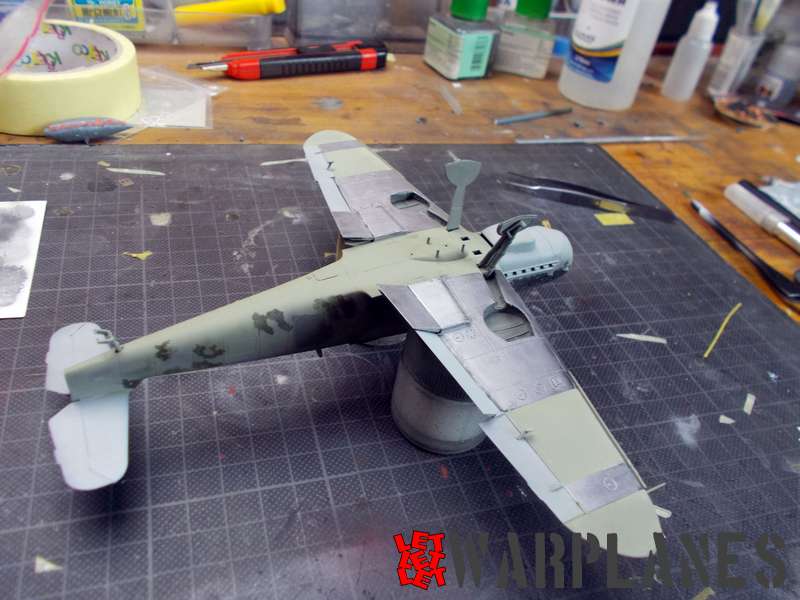
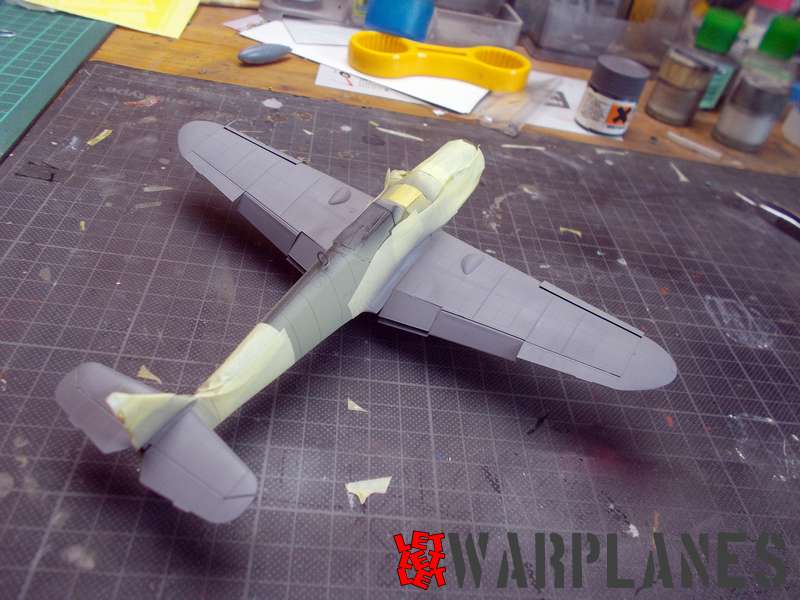
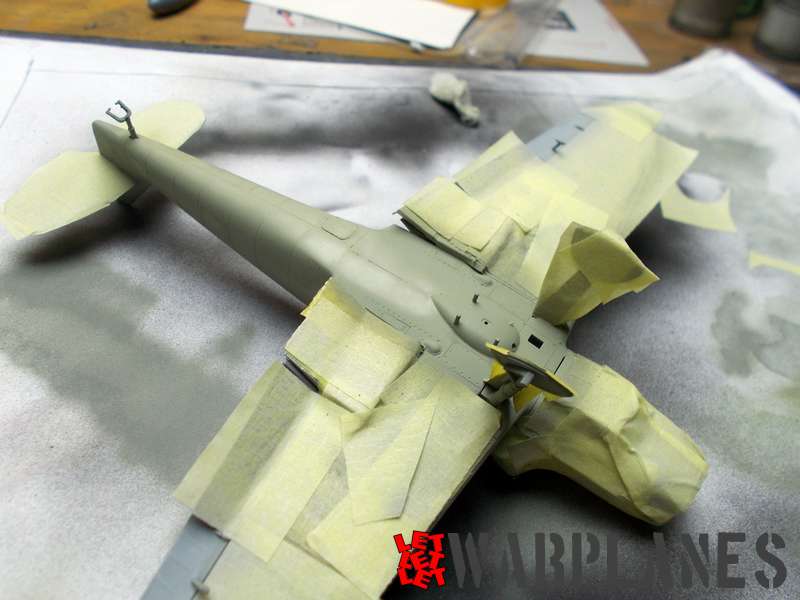
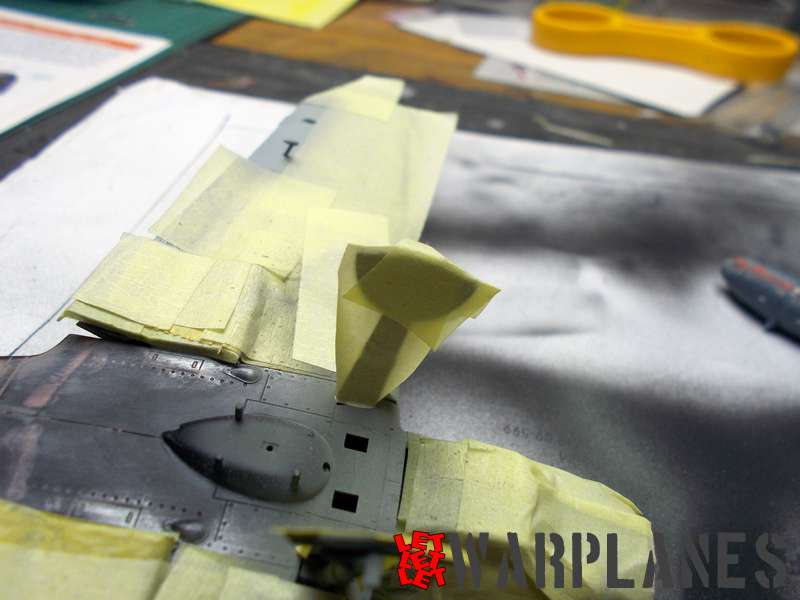
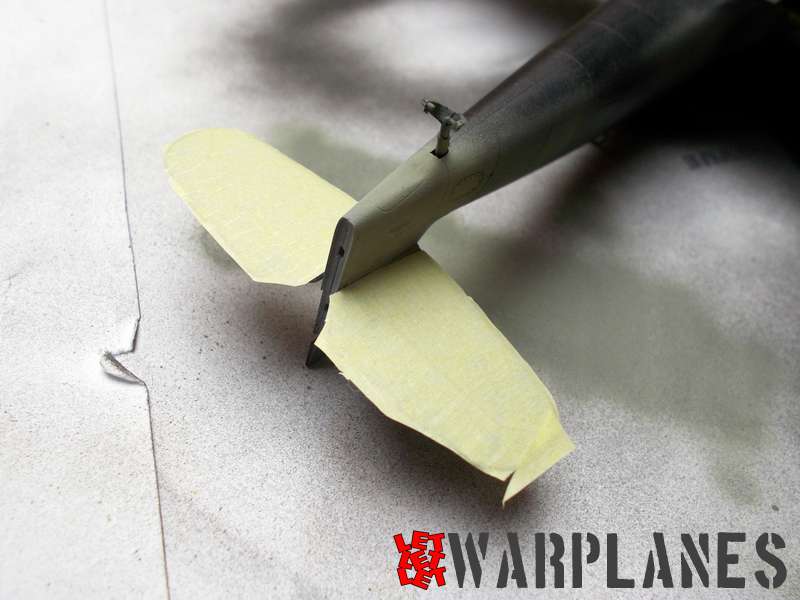
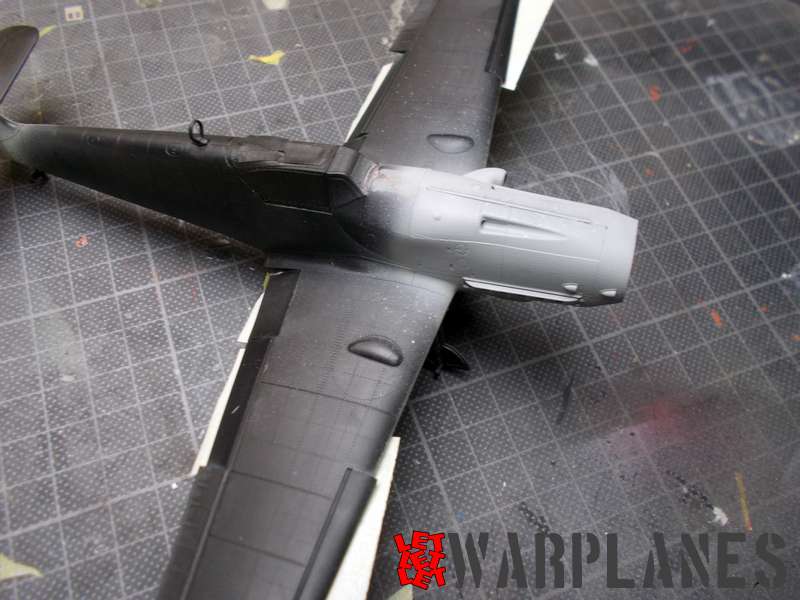
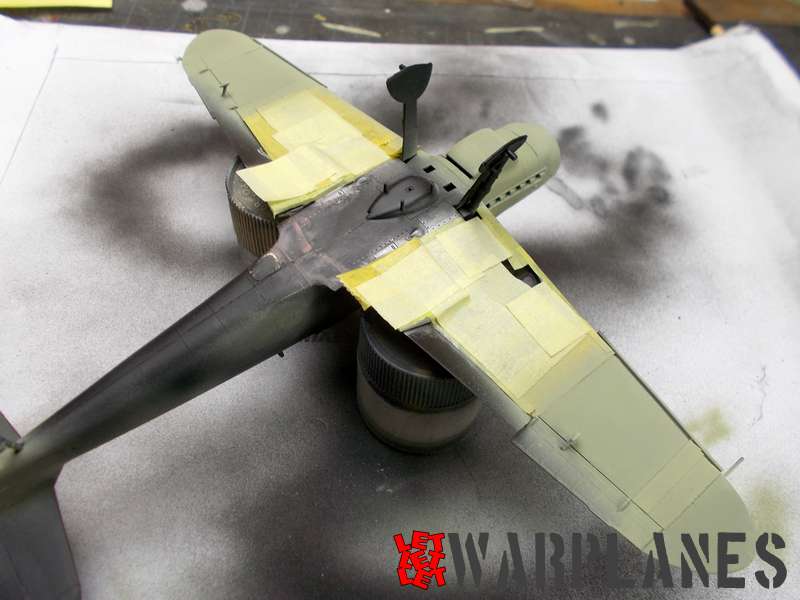
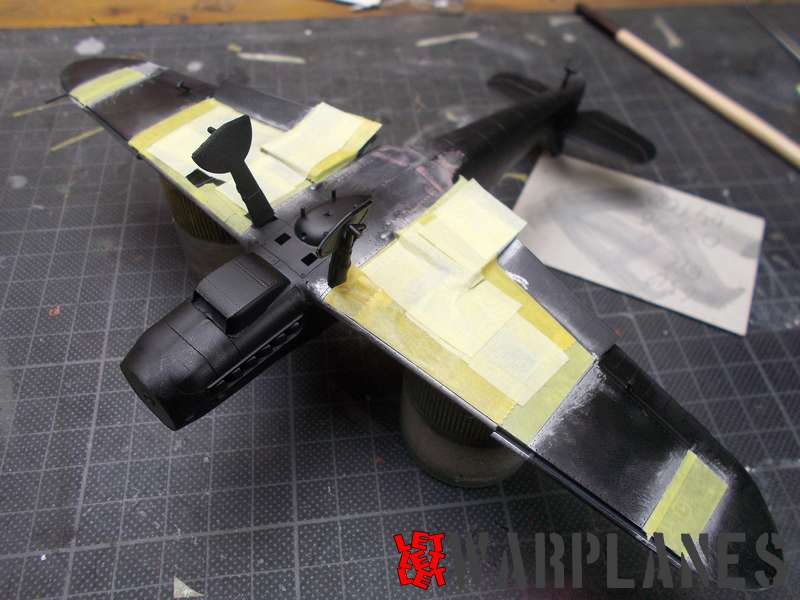
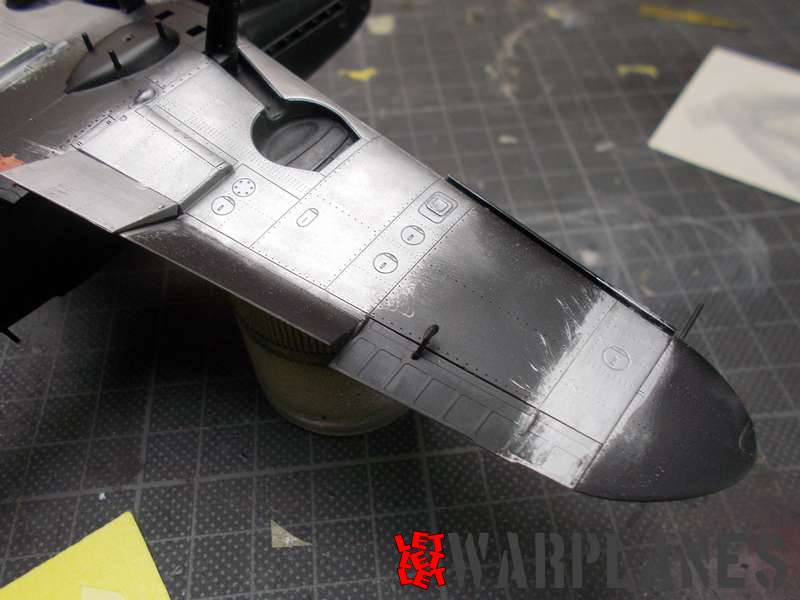
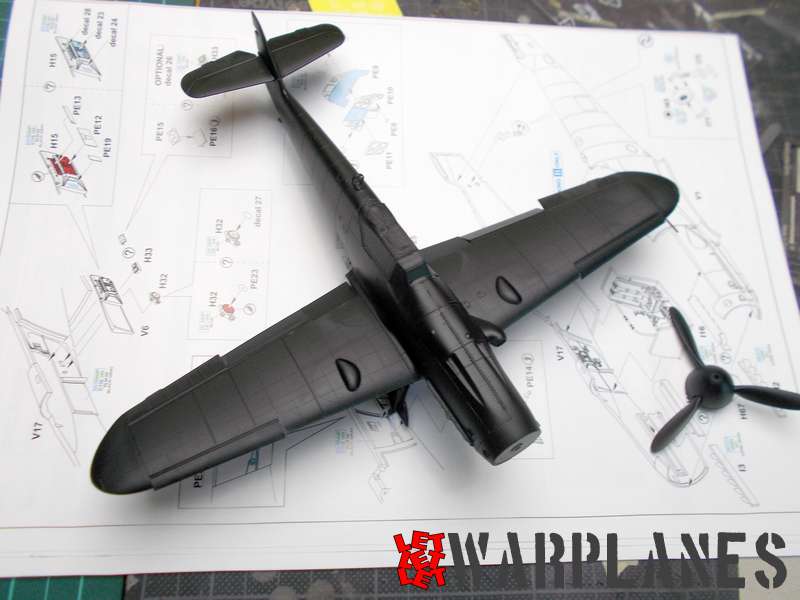
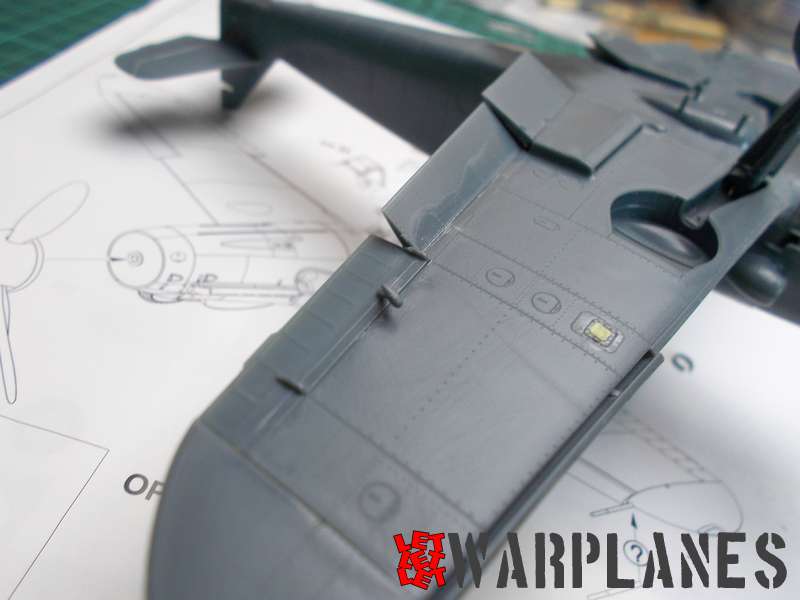
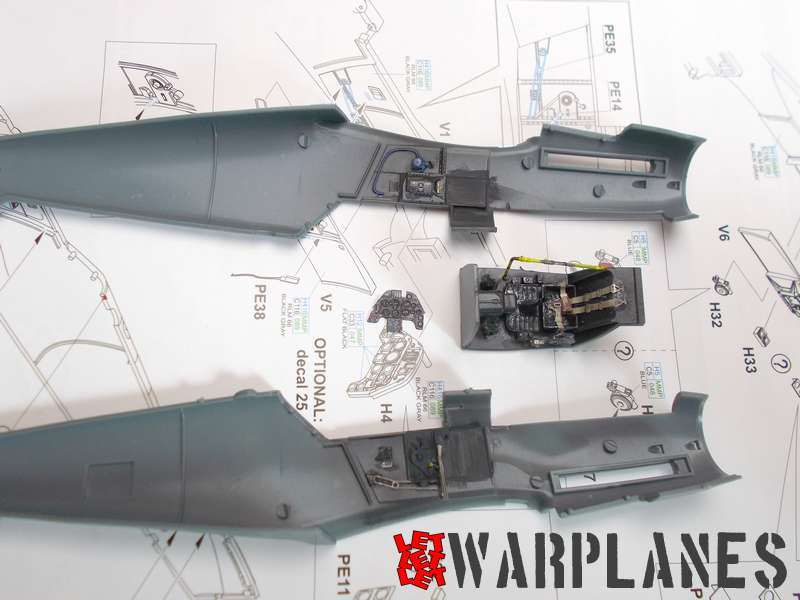
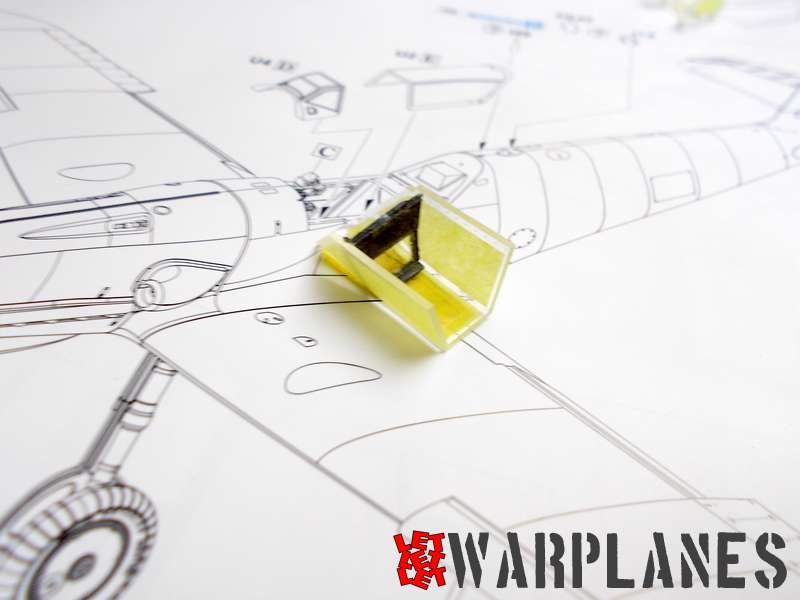
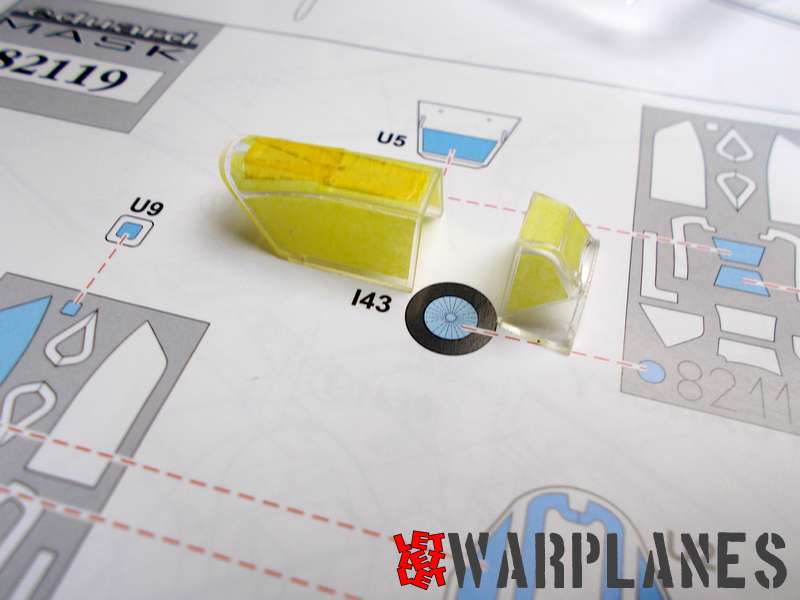
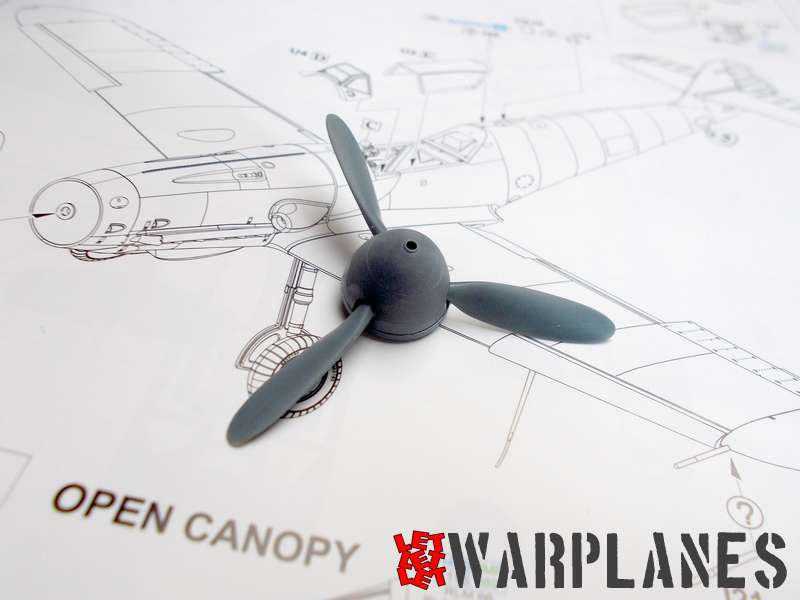
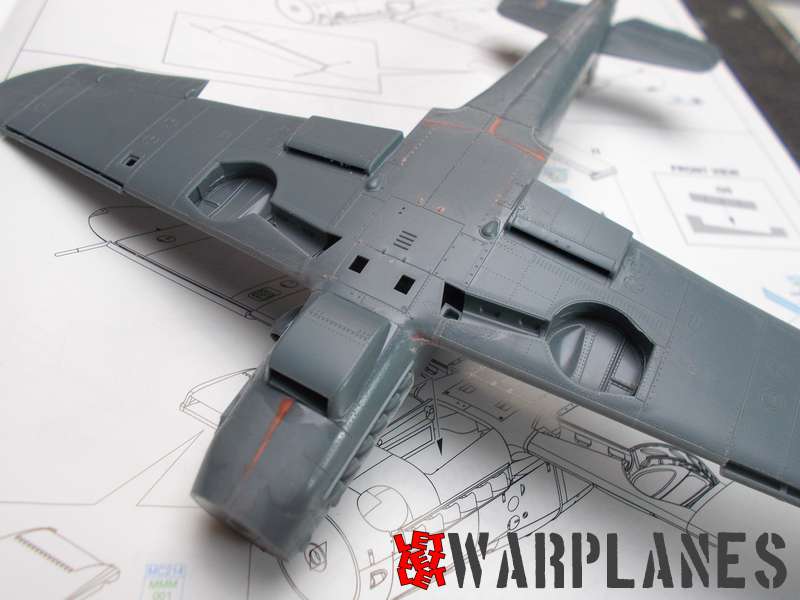
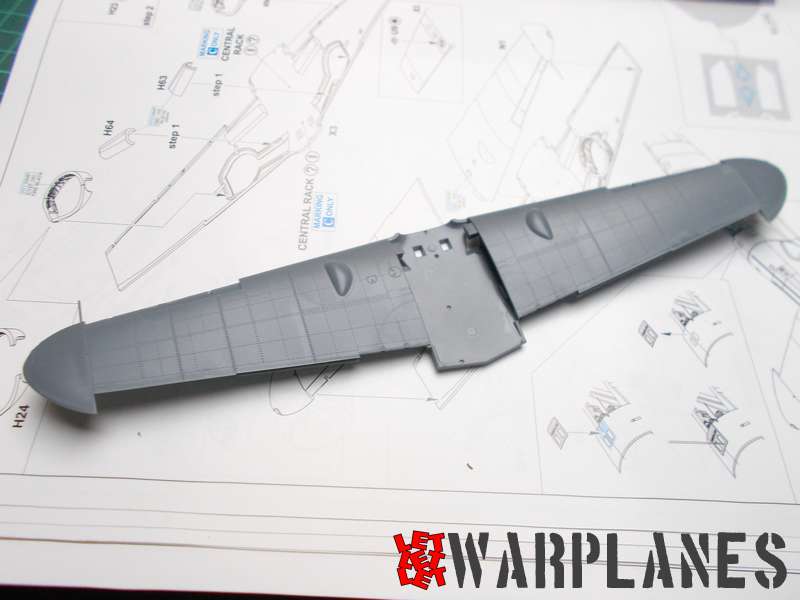
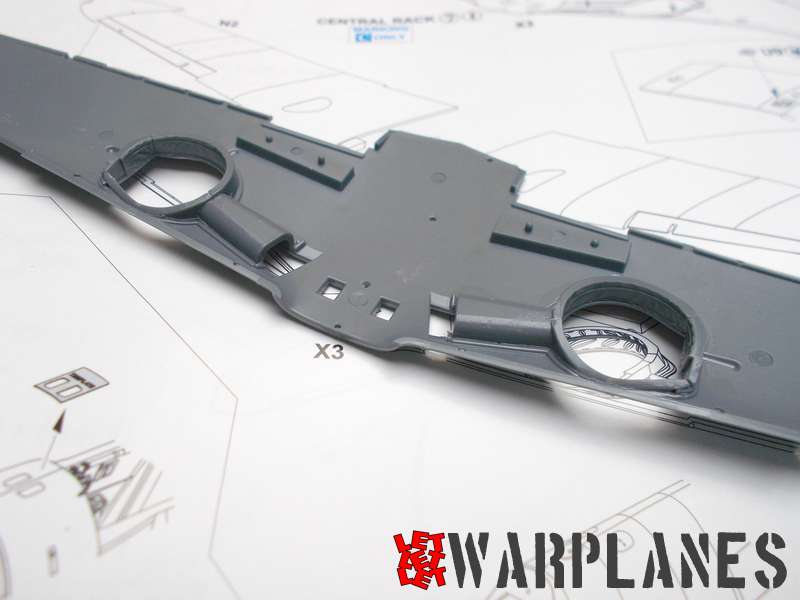
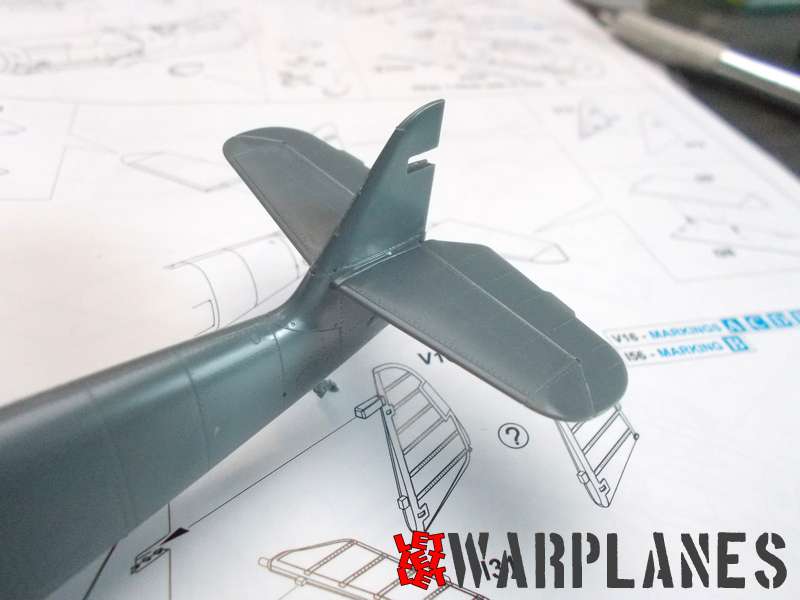
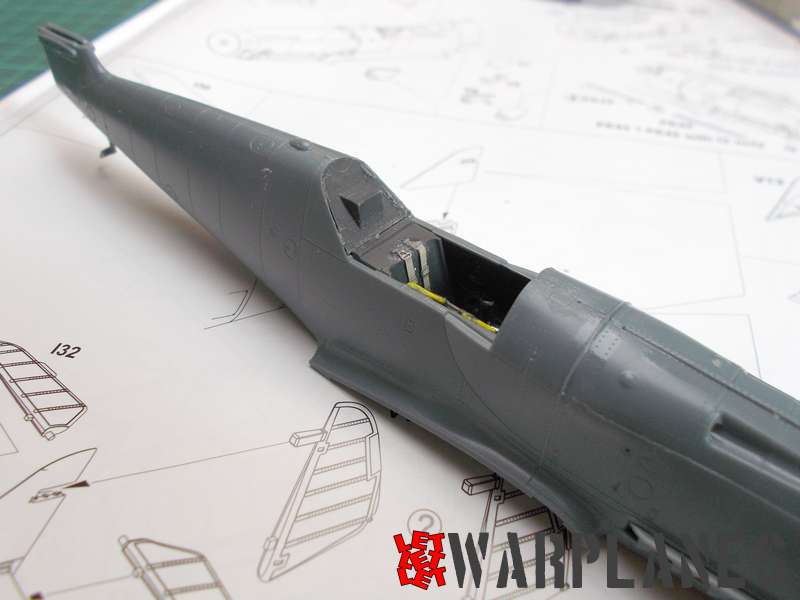
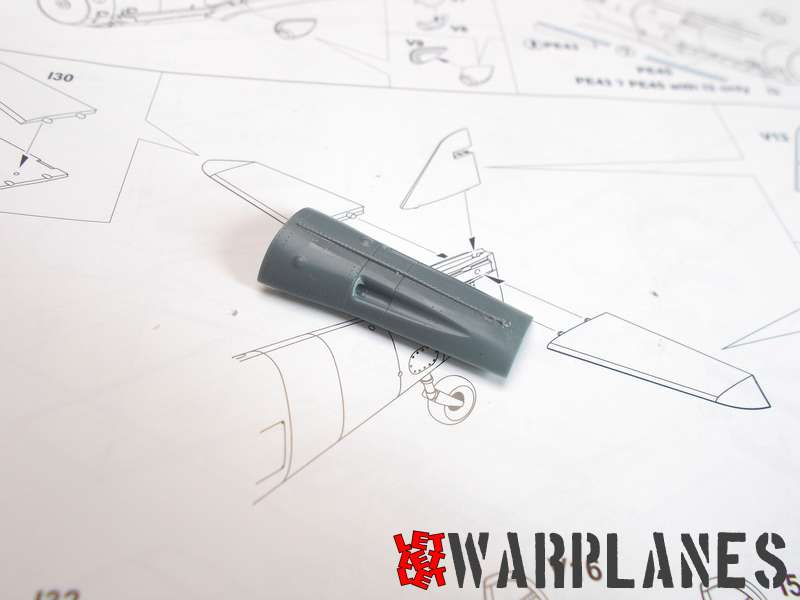
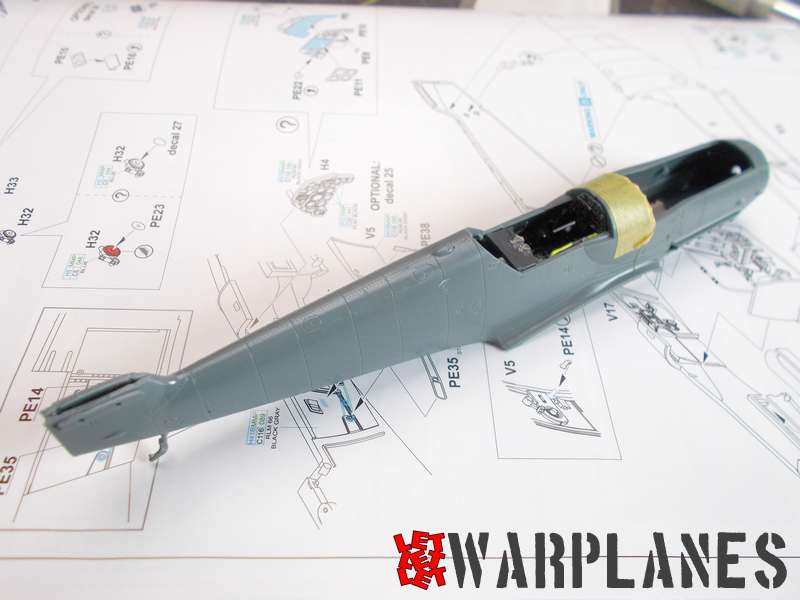
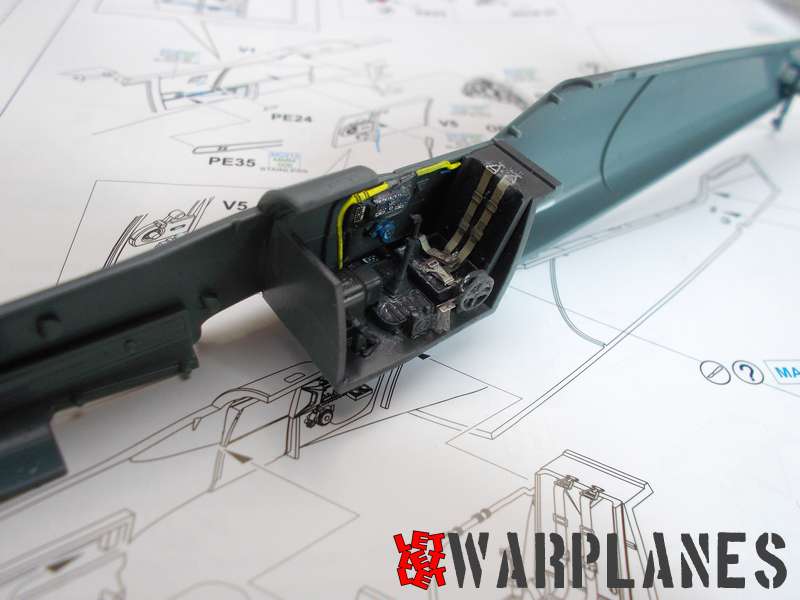
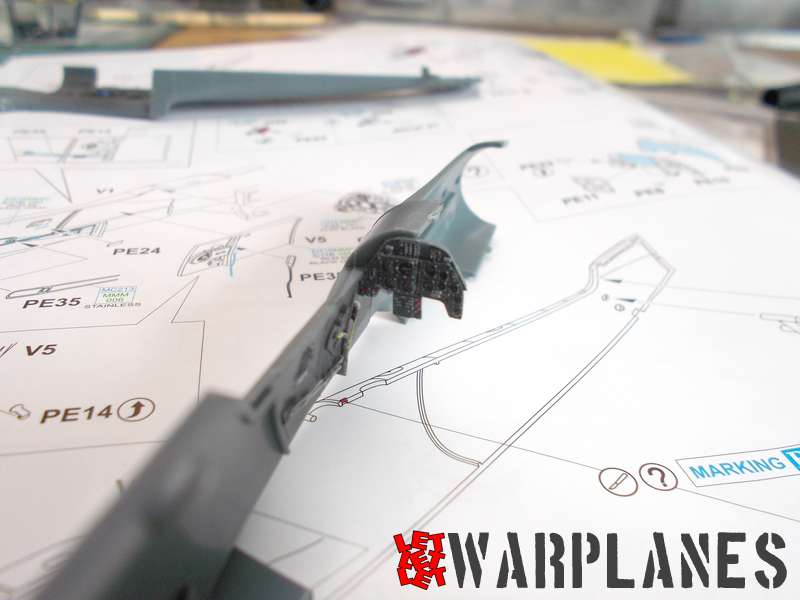

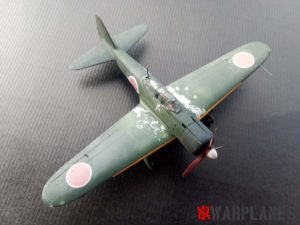
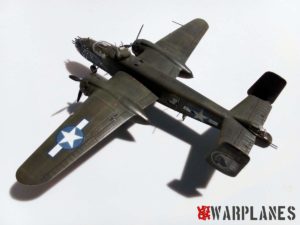




Hi !
Great build and very good rendering.